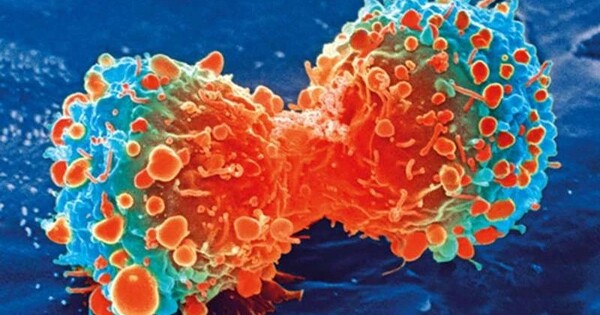Scientists present a thorough summary of the evolution and promise of TIL treatment. They discuss its development and emphasize its transformative potential.
The recent FDA approval of lifileucel, the first commercial tumor-infiltrating lymphocyte (TIL) therapy for metastatic melanoma, represents a significant step in cancer treatment. In a new article published in Cancer Cell, Moffitt Cancer Center experts present a complete review of the therapy’s development and emphasize its revolutionary potential.
“TIL therapy represents a major advancement in personalized cancer treatment, offering new possibilities for patients with treatment-resistant cancers,” said Amod Sarnaik, M.D., lead author and senior member of the Cutaneous Oncology Department at Moffitt.
TIL therapy represents a major advancement in personalized cancer treatment, offering new possibilities for patients with treatment-resistant cancers.
Amod Sarnaik
Tumor-infiltrating lymphocyte therapy has been in development for several decades. Preclinical studies evaluating its efficacy began at the National Cancer Institute (NCI) in the early 1980s. James J. Mulé, IPh.D., a renowned immunologist and associate center director of Translational Science at Moffitt, brought TIL research to the cancer center in 2003. Since then, Moffitt has played a pivotal role in developing and validating the immunotherapy.
Moffitt launched its first TIL trials in 2010, becoming the first center outside of the NCI to treat patients with the investigational medication. This initial research, which treated 13 patients with advanced metastatic melanoma, produced promising results: five responses, including two full responses that lasted more than five years. The article delves into Moffitt’s following clinical studies, which sought to address the high dropout rate due to illness progression during TIL production. These trials paired TIL therapy with recently licensed anti-melanoma drugs, lowering dropout rates from 32% to 5%.

Moffitt is also developing the next generation of TIL treatment. Shari Pilon-Thomas, Ph.D., and other immunologists at the center are looking at new approaches to stimulate and optimize TIL therapeutic growth and production, as well as the ideal infusion timing for optimal patient outcomes. Researchers at Moffitt are also applying similar therapeutic strategy to other solid tumor cancers, including lung, sarcoma, cervical, and bladder cancer.
“We are at the beginning of unlocking the potential of T-cell and cell therapies for treating advanced cancers. The FDA’s approval of lifileucel is a monumental step to inspire further investment and innovation in T-cell therapies, particularly TIL therapy,” said Moffitt President and CEO Patrick Hwu, M.D. “Our pioneering research at Moffitt into next-generation TIL therapies aims to extend these lifesaving treatments to a broader range of cancer patients.”
















